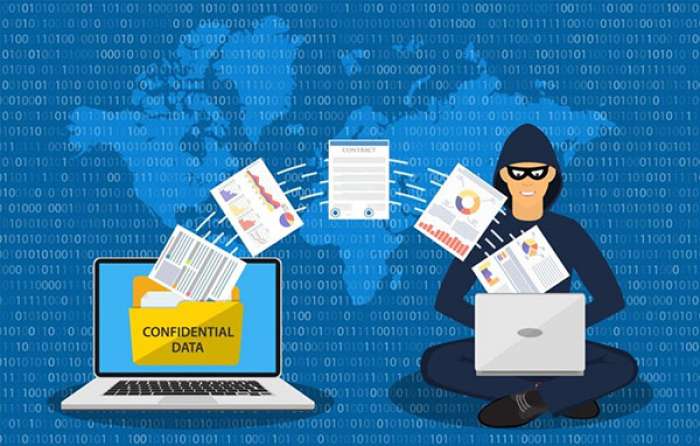In the age of digital information, it’s important to be aware of the dangers that come with it. One of the most common dangers is phishing emails. Phishing is a type of cyber attack that uses fraudulent emails to trick people into revealing sensitive information or downloading malware. According to a recent study, 91% of cyber attacks start with phishing emails. And with over 4 billion phishing emails sent every day, it’s no wonder why so many people fall victim to them. So, how can you protect yourself from these malicious emails? In this blog post, we will give you some tips on how to spot a phishing email and what to do if you receive one.
Phishing emails are fraudulent emails that are designed to look like they’re from a legitimate source, in an attempt to steal personal information or login credentials. These emails often include links to fake websites that are designed to collect this information. Phishing emails can also contain attachments that install malware on your computer.
A phishing attack is a type of online scam where criminals send emails or texts pretending to be from a legitimate organization. They often include links to fake websites that look real but are designed to steal your personal information.
Common indicators of a phishing attack include:
-The email is not addressed to you by name
-The sender's address does not match the organization they're claiming to represent
-The email contains typos or grammatical errors
-You're asked to click on a link or download an attachment
-You're asked for personal information like your Social Security number, bank account number, or credit card information

In order to spot a phishing message, there are several key things to look for. First, check the sender's email address. If it's not from a trusted source, be suspicious. Secondly, look for grammatical errors or strange wording in the email. This is often a sign that the message is not legitimate. Finally, be cautious of any email that asks you to click on a link or download an attachment. If you're not expecting this type of email from the sender, it's likely a phishing attempt.
If you suspect that an email might be a phishing attempt, err on the side of caution and don't click on any links or download any attachments. You can also forward the email to your IT department or security team so they can investigate further.
If you receive a phishing email, the best thing to do is to delete it immediately. Do not reply to the email or click on any links in the email. If you are unsure whether an email is a phishing email, you can always contact the company that the email purports to be from and ask if they sent you the email.
If you think you may have received a phishing email, do not open any links or attachments. Instead, forward the email to the Anti-Phishing Working Group at [email protected]. You can also report the phishing scam to the FTC at ReportFraud.ftc.gov..
When forwarding the email, try to include as much information as possible, such as the header information and the original message. This will help authorities investigate and track down the source of the scam.
If you clicked on a link in a phishing email or entered your personal information into a fake website, visit ReportFraud.ftc.gov. for instructions on how to protect yourself from identity theft.
If you think you may have been successfully phished, there are a few steps you can take to mitigate the damage. First, change any passwords that you may have entered on the phishing site. Then, contact your bank or credit card company to let them know of the situation and to see if there has been any fraudulent activity on your accounts. Finally, report the phishing attempt to the appropriate authorities, such as the FTC or the Anti-Phishing Working Group. By taking these steps, you can help protect yourself and others from becoming victims of phishing scams.